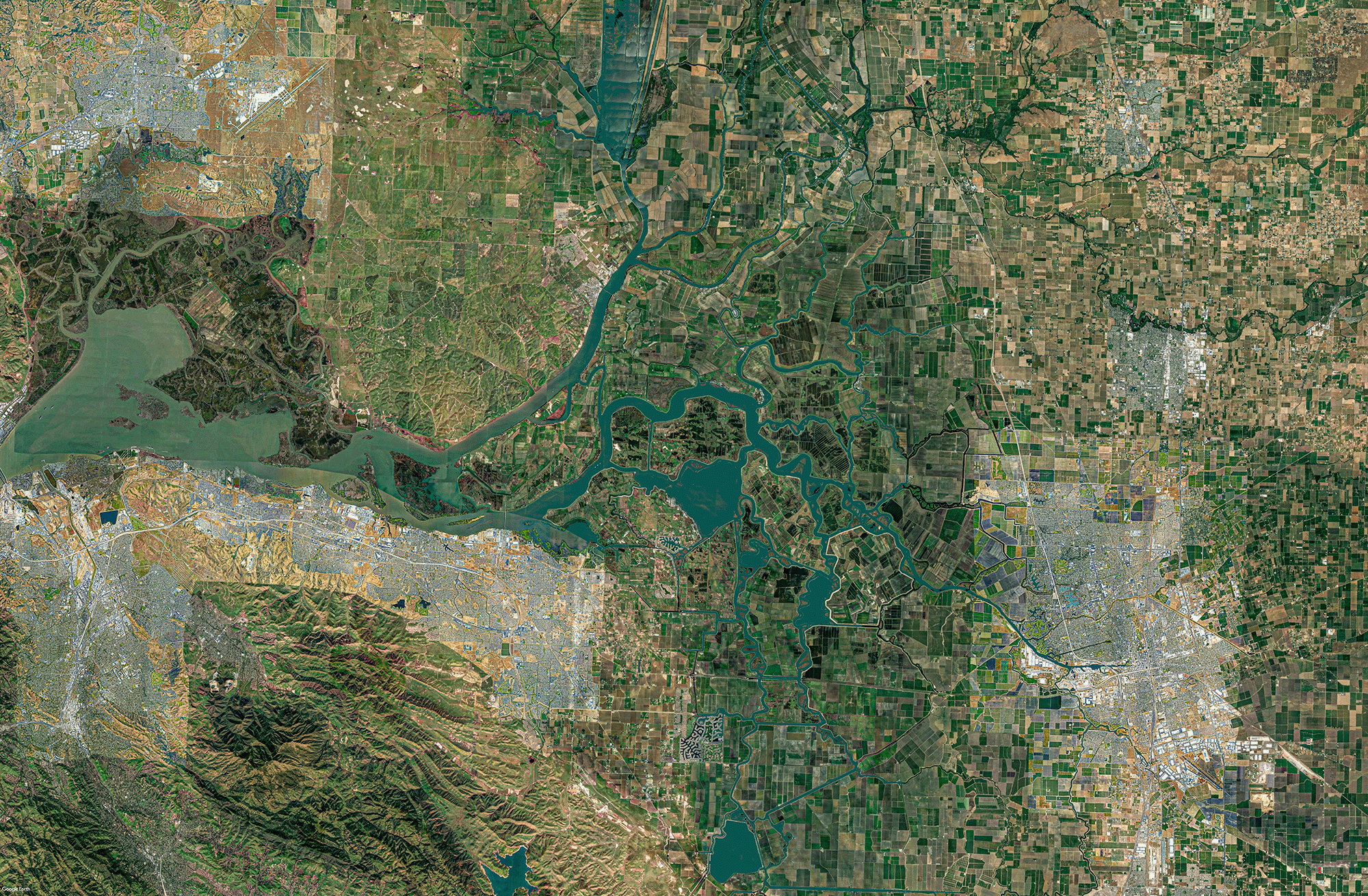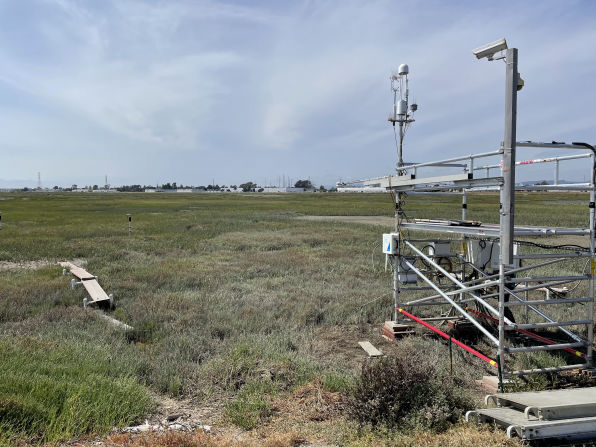Our Field Sites
We estimate the processes controlling carbon dynamics and greenhouse gas emissions in wetlands of the San Joaquin Delta, South San Francisco Bay, and Elkhorn Slough.


The San Joaquin Delta was home to over half of California’s wetlands before human development. The Delta performs the critical function of water drainage, storage, and supply, provision of habitat, nutrient removal, flood protection and maintaining food supplies, and nutrient cycling, with significant economic value. Delta wetlands are characterized by high rates of C sequestration and net primary productivity, but high CH4 effluxes were also reported. Restoration efforts in the Delta involve >30,000 acres and are driven primarily by two objectives - improving of the reliability of water supply and protecting, restoring, and enhancing the Delta ecosystem. The seven Delta sites include one historic wetland in Suisun Ranch Reserve and six restored and managed wetlands: a restored wetland on Twitchell Island, a tulle and restored cattail wetland near Mayberry Slough on Sherman Island, a restored peatland pasture wetland on Sherman Island, a newer EC system at a disturbed site on Twitchell, a diked marsh at the northern Suisun Marsh (Hill Slough Marsh) and a 1,187 acres restored site on the west Delta (Dutch Slough).





The South Bay Salt Pond Restoration Project will convert over 15,000 acres of former salt ponds to wetlands over a 50-year span. In 2003, 15,000 acres of the South Bay Salt Ponds were acquired from Cargill Inc. for tidal marsh restoration. The essential ecosystem services at that site are providing habitat for listed water birds, fish, and other species, nature tourism, public access, and flood protection. CH4 emissions data from a few of the extant salt ponds suggest that significant emissions offset some of the C sequestration benefits. Our site is at Edan Landing where an eddy covariance tower and sensors to measure lateral C transport are installed.






Elkhorn Slough encompasses approximately 180 km2 and contains the state’s most extensive salt marshes south of SF Bay. Three new eddy covariance towers have been recently installed at three representative sites at the slough and are now operating. These sites include an intact tidally influenced wetland (Yampah), an impounded wetland with limited tidal influence (Porter), and a recently restored 61 acres of degraded marsh (Hester Marsh). Surface water sensors are also installed and monitoring water hydrography (temperature, salinity, depth), chemistry (nutrients, oxygen, DIC, DOC, turbidity), and biology (chlorophyll, macroalgal cover) at the sites.





